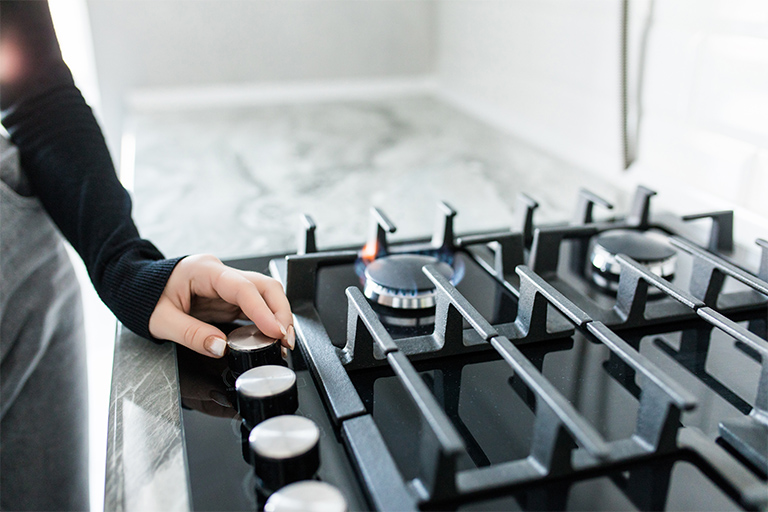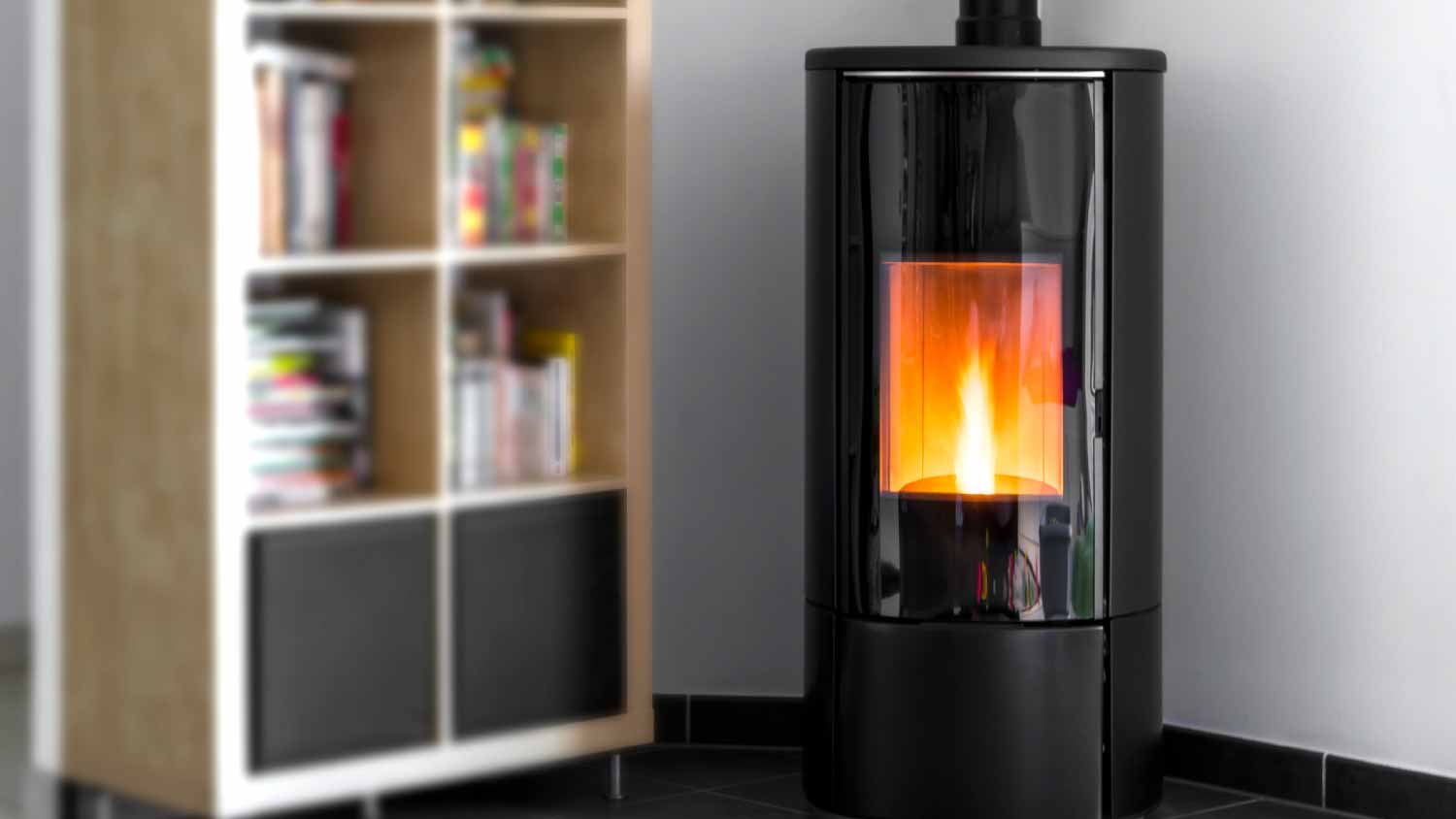
If your refrigerator has been damaged, refrigerator door dent repair cost will vary based on the imperfection's size, depth, and location. Use our guide to estimate how much you'll spend on refrigerator dent repair.
It’s summer, and your ice maker is not making ice. What now?


The three most common reasons your ice maker is not making ice are a clogged water filter, blocked or frozen water fill tubes, and a defective water inlet valve.
Repairing an ice maker costs $100 to $600 on average.
On average, ice makers can last 4 to 6 years.
You should replace your ice maker filter twice a year if you live in areas with hard water.
A malfunctioning icemaker can be frustrating, especially in the middle of summer. If your ice maker is not making ice, you can do a few things to troubleshoot the problem and potentially get the ice maker back up and running yourself. Troubleshooting an ice maker that’s not working can save you time and money because sometimes the issue is rather simple and quick to fix.
Refrigerator repairs can be complicated and hazardous to one's health. If you don't have prior experience with this project, contact a local pro to ensure the job is completed safely.
Your water filter may become clogged as contaminants accumulate over time. A clogged filter reduces your icemaker’s water flow, hindering and eventually preventing ice-making. Refer to the owner’s manual to find out how to access the water filter and the specifications for a replacement filter.
If you live in an area with high water hardness and don’t have a whole-house water softening system, you should replace the filter at least twice a year to prevent significant limescale buildup from clogging or damaging the water filter.
The water inlet valve allows water to enter your ice maker. Any blockage and damage to the valve or the supply line can stop your ice maker from making ice. If your inlet valve is frozen, cut the power and water supply, thaw the supply line, and then slightly increase the thermostat setting when you power the icemaker back on.
If the water supply and the valve look undamaged, there might be an electric issue preventing the inlet valve from letting water in. Call a repair person if you suspect any circuit failure, as electric work on your fridge or ice maker is very complicated and should be addressed by a professional.
If your ice maker is making far less ice, you may have a blocked water fill tube. Look to see if your fill tube appears frozen on the outside. If that’s the case, there is definitely something blocking the water from entering the ice maker.
Turn off the water supply and unplug your fridge. Some models have a small catch filter at the end of the tube to catch debris from the water supply. Over time, the catch filter may become clogged. Larger debris in the water supply and limescale buildup can also block the water fill tubes.
Clean the water fill tubes and reconnect the power and water supply. If that’s still not working, consider replacing the fill tubes altogether. The owner’s manual will tell you the specific make and model of your fridge and what type of tube you’d need.
While it may be counterintuitive to think your ice maker needs more heat to produce ice, it is true. However, the heating element slightly melts the ice produced so it can drop into the tray. Without a functioning heating unit, the ice created will get stuck.
Don’t attempt to inspect or repair the heating element yourself. Call a licensed ice maker repairer or fridge contractor to take care of the job.
Warm freezer or fridge compartments will prevent the icemaker from properly functioning. Warm temperatures reduce your ice maker’s production efficiency, preventing ice from forming or staying frozen, and may even stop the ice maker from making ice completely.
Turn your thermostat lower to fix the problem. You should also check your refrigerator’s seal to ensure the fridge door isn’t leaking cold air.

Most ice makers rely on a control arm to prevent the storage bin from overflowing. If the arm is out of position, it may prevent normal ice production before the bin is full. If the arm is out of position, simply move it back to the “ON” position. Check the connecting joints and tighten them as needed. If the arm is completely broken, you’ll need a professional to repair or replace the part.
Some ice makers have a pause command and may have been accidentally turned on. Look for the pause signal on the display or if the pause button is lit up. If so, turn the pause command off and see if your ice maker starts making ice soon after. If the pause function is stuck, call a contractor to troubleshoot the wirings, as it could signify an electrical malfunction within the unit.

If your ice maker is not working, start by doing a quick troubleshooting for the problems mentioned above. Many of these can be fixed by yourself, such as adjusting the thermostat, cleaning the water filter, and even replacing some easily accessible parts as long as you feel comfortable doing so.
However, it’s recommended that you hire a local refrigerator repair company if you think something is wrong with the wiring or if you need to completely disassemble the ice maker to replace a core compartment. Most contractors list out the brands they are familiar with, so all you need to do is find someone who is good at repairing fridges with a similar make and model.
A&B HVAC and Home Repairs Did a great job installing my window unit. They provided fast and friendly service. Thanks so much!
I would highly recommend this company. Billy was extremely knowledgeable and professional. Billy answered the call within one hour. I would used them again.
Hermanos Serrano Construcci�n did a great job on my ceiling repair. They were quick to provide a quote and quick to schedule the repair. Very friendly and efficient.
Was professional knowledgeable about the repair offerred an affordable price would definitely use again thanks team for your oustanding service
I want let everyone know that Merritt Homes is the place who delivers on what they promise. From the wonderful lady Kristen who helped me get on their schedule and answer my questions, to when the technician Chris called prior to arrival. Chris took a look at multiple concerns in our home and...
LJ did a excellent job! I'm very pleased with his service and the outcome of my project. He brought back the curb appeal to my home! LJ repaired woodtrim around my home and shed, reinforced my side steps and brought those steps and my deck back to life. I had not use my deck in two years...
My son said that I paid too much to get a piece of siding put back on the house, however, they did tell me that the minimum was $350 to repair. Over all the tenant was very satisfied with the service and that's all that matters to me.
I have NEVER had a more positive experience with a contractor! They called me immediately - even though it was late on a Friday - set up an appointment for the next day - even though it was a Saturday! They were polite, knowledgeable, and had my well pump repaired quickly and the cost was...
Thiago & Luis were incredibly friendly and professional. They were punctual and very accommodating of my schedule - especially so close to Christmas! Thiago did an excellent job of explaining the process, potential dry wall repairs, and quality of the paint used. I would highly recommend...
Jason was very professional and took his time repairing our love seat. He even gave us advice on how to improve other furniture in the house. He explained everything he did to the love seat and cleaned up behind himself. I would definitely recommend him
From average costs to expert advice, get all the answers you need to get your job done.

If your refrigerator has been damaged, refrigerator door dent repair cost will vary based on the imperfection's size, depth, and location. Use our guide to estimate how much you'll spend on refrigerator dent repair.

Discover the cost to install a gas cooktop. Learn about average prices, key cost factors, and tips to save on your gas cooktop installation project.

Whether or not the cost of installing a pot filler is worth it depends on your kitchen needs. Learn why the faucet itself is often the least expensive factor.

Your gas stove may not light for a number of reasons, including problems with the safety valve or igniter. Learn how to troubleshoot why your gas stove is not lighting.

Microwaves make life more convenient. But which one is the best microwave for you? We'll show you five types of microwaves and the pros and cons of each.

Not sure who to hire to repair a wood pellet or gas stove? See which pro to call, what they do, and how the repair process works.